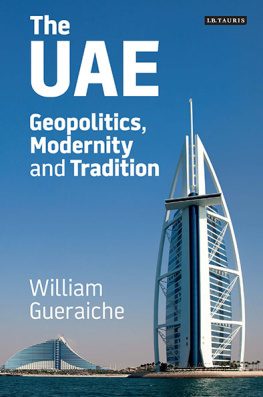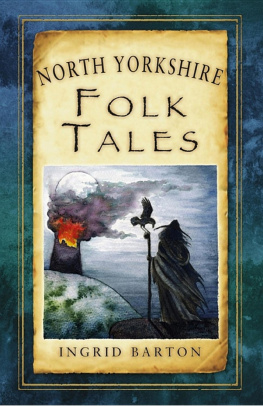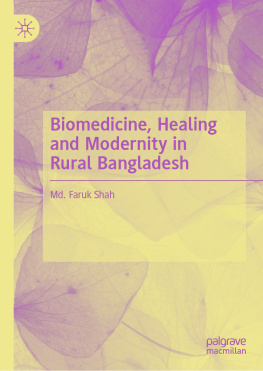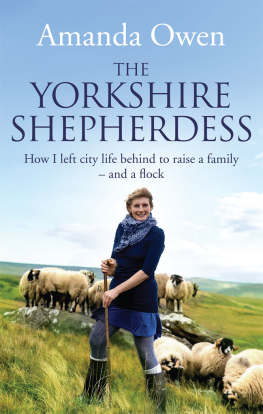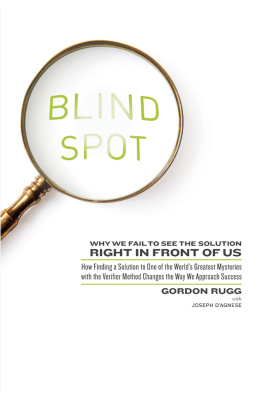Churchyard and cemetery
Tradition and modernity in rural North Yorkshire
Julie Rugg
Manchester University Press
Manchester and New York
Distributed in the United States exclusively
by Palgrave Macmillan
Copyright Julie Rugg 2013
The right of Julie Rugg to be identified as the author of this work has been asserted by her in accordance with the Copyright, Designs and Patents Act 1988.
Published by Manchester University Press
Oxford Road, Manchester M13 9NR, UK
and Room 400, 175 Fifth Avenue, New York, NY 10010, USA
www.manchesteruniversitypress.co.uk
Distributed in the United States exclusively by
Palgrave Macmillan, 175 Fifth Avenue, New York,
NY 10010, USA
Distributed in Canada exclusively by
UBC Press, University of British Columbia, 2029 West Mall,
Vancouver, BC, Canada V6T 1Z2
British Library Cataloguing-in-Publication Data
A catalogue record for this book is available from the British Library
Library of Congress Cataloging-in-Publication Data applied for
ISBN 978 0 7190 8920 6 hardback
First published 2013
The publisher has no responsibility for the persistence or accuracy of URLs for any external or third-party internet websites referred to in this book, and does not guarantee that any content on such websites is, or will remain, accurate or appropriate.
Typeset
by Action Publishing Technology Ltd, Gloucester
This is not a history of death in the nineteenth and twentieth centuries. Few historians would lay claim to the ability to write on so substantial a subject, and the majority settle down to consider one or two particular aspects of mortality. This study concentrates very specifically on the ownership and management of burial space. Ostensibly, this seems to be a rather marginal aspect of what has in the past been a rather marginal subject. There is little that is immediately appealing about burial management, and this history dwells in the decidedly unglamorous by-waters of vestry minutes, legislative process and the slow and steady grind of administrative functions such as entries in the parish burial register, applications for burial board funds, and London Gazette lists of Orders in Council to close churchyards. However, the dryness of these sources belies the strength of the passions evoked by the issue of burial, played out on local and national stages. In the second half of the nineteenth century, few problems frayed tempers faster in either House of Parliament than debate on Dissenters burial grievances. Locally, representatives of different denominations sometimes declared themselves so intransigently opposed on the issue of burials that government departments were asked to intervene. More importantly, however, a detailed history of burial space offers a steady chronology of measurable indicators, and takes the historian to the very heart of the big questions posited by historians such as Philippe Aris: when and how did attitudes towards mortality change?
Any history of burial should be rooted firmly in place, and North Yorkshire is a very particular place. Now, as ever, the funeral of a farmer fills the church to capacity and until recently the local newspapers listed everyone who attended. This study focuses on a central portion of what used to be termed the North Riding, and covers an area which runs from the northern tip of the Wolds, up through the North York Moors to the edge of industrialised Teesside, and to the west through the Vale of York to the eastern fringe of the Yorkshire Dales. Although early eighteenth-century industries flourished in parts of the area, its small settlements have generally been subject to ongoing depopulation. With the exception of Harrogate, Knaresborough, Ripon and a handful of market towns, the villages have tended to remain largely unchanged in size. Agriculture remains a principal occupation in many areas, although some of the villages are slowly becoming dormitory settlements as access to roads such as the A19 and A64 mimics railways in the nineteenth century, in facilitating easy movement from country to city.


